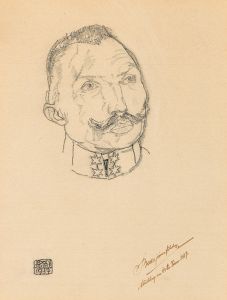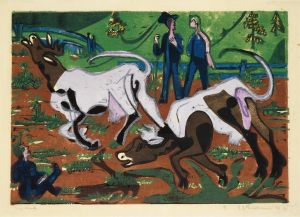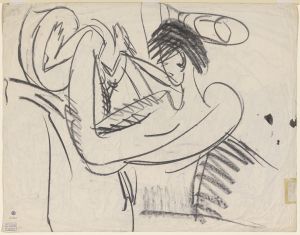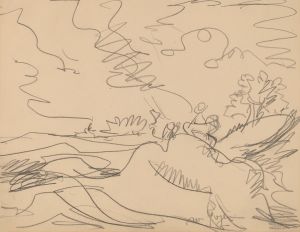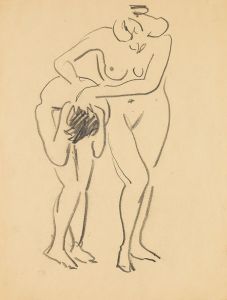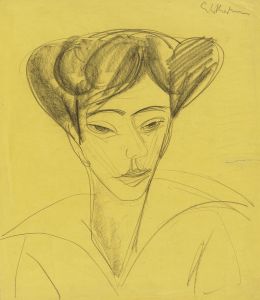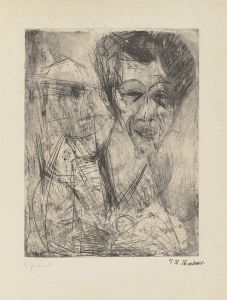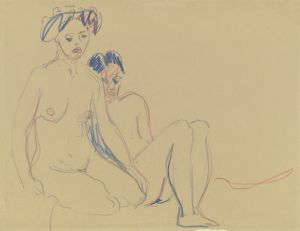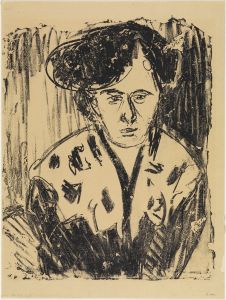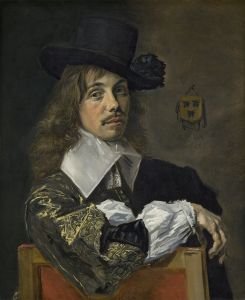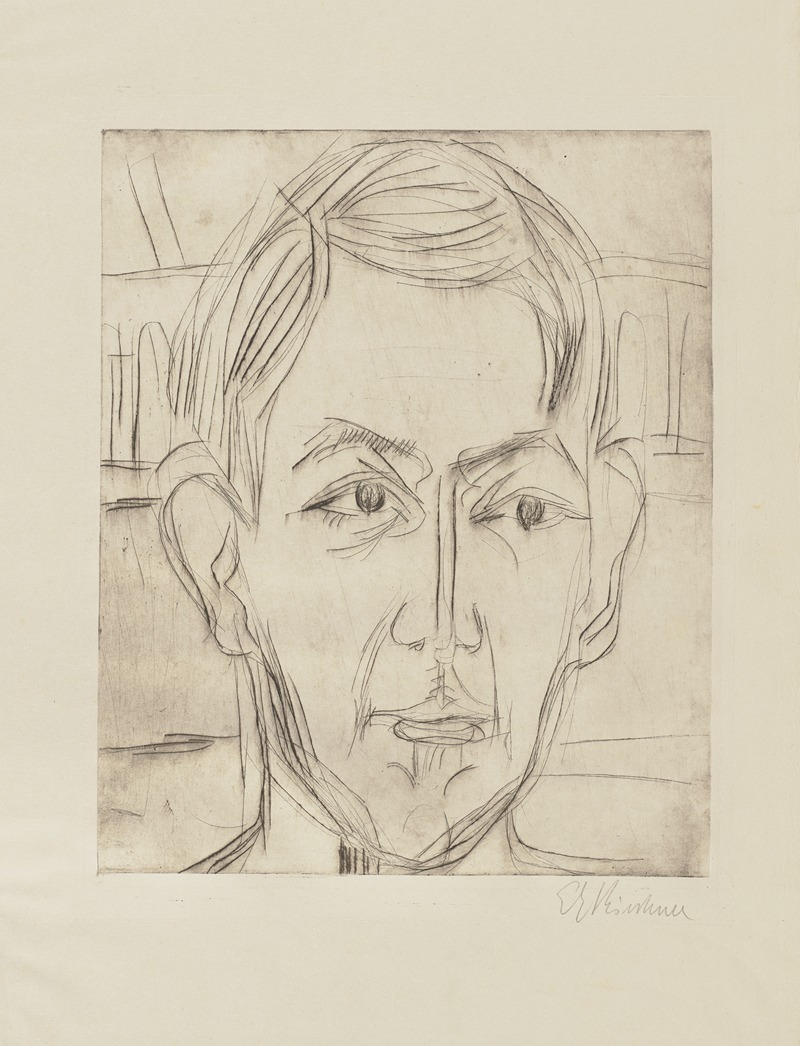
Kopf eines jungen Mannes
A hand-painted replica of Ernst Ludwig Kirchner’s masterpiece Kopf eines jungen Mannes, meticulously crafted by professional artists to capture the true essence of the original. Each piece is created with museum-quality canvas and rare mineral pigments, carefully painted by experienced artists with delicate brushstrokes and rich, layered colors to perfectly recreate the texture of the original artwork. Unlike machine-printed reproductions, this hand-painted version brings the painting to life, infused with the artist’s emotions and skill in every stroke. Whether for personal collection or home decoration, it instantly elevates the artistic atmosphere of any space.
Ernst Ludwig Kirchner (1880-1938) was a German expressionist painter and one of the founding members of the artist group Die Brücke (The Bridge), which played a pivotal role in the development of modern art in the early 20th century. Kirchner's work is characterized by its bold use of color, dynamic compositions, and a focus on the human figure, often exploring themes of modernity and urban life.
"Kopf eines jungen Mannes" (Head of a Young Man) is one of Kirchner's notable works, reflecting his distinctive style and artistic concerns. This painting, created around 1910, is an excellent example of Kirchner's expressionist approach, where he sought to convey emotional experience rather than physical reality. The portrait captures the head of a young man, rendered with vigorous brushstrokes and a vibrant color palette that emphasizes the psychological intensity of the subject.
Kirchner's technique in "Kopf eines jungen Mannes" involves the use of exaggerated forms and stark contrasts, which are hallmarks of the expressionist movement. The young man's face is depicted with angular features and deep-set eyes, conveying a sense of inner turmoil or contemplation. The background is typically abstract, with bold, unmodulated colors that serve to highlight the figure's emotional state rather than provide a realistic setting.
The painting reflects Kirchner's interest in the human psyche and his desire to express the complexities of modern life through his art. During this period, Kirchner and his contemporaries were reacting against the academic standards of the time, seeking new ways to represent the world around them. This led to the development of a more subjective and emotional form of art, where the artist's inner vision took precedence over realistic depiction.
Kirchner's work, including "Kopf eines jungen Mannes," was influenced by various sources, including African and Oceanic art, which he admired for its directness and emotional power. This influence is evident in the simplified forms and expressive qualities of his portraits. Additionally, the urban environment of early 20th-century Germany, with its rapid industrialization and social changes, provided a rich source of inspiration for Kirchner and his peers.
Throughout his career, Kirchner faced numerous challenges, including struggles with mental health and the impact of World War I. Despite these difficulties, he continued to produce a significant body of work that has had a lasting impact on the art world. His contributions to the expressionist movement have been widely recognized, and his paintings are held in major collections around the world.
"Kopf eines jungen Mannes" remains an important piece within Kirchner's oeuvre, exemplifying his innovative approach to portraiture and his commitment to exploring the depths of human emotion through art. The painting not only reflects the artistic trends of its time but also offers a timeless insight into the complexities of the human condition.





